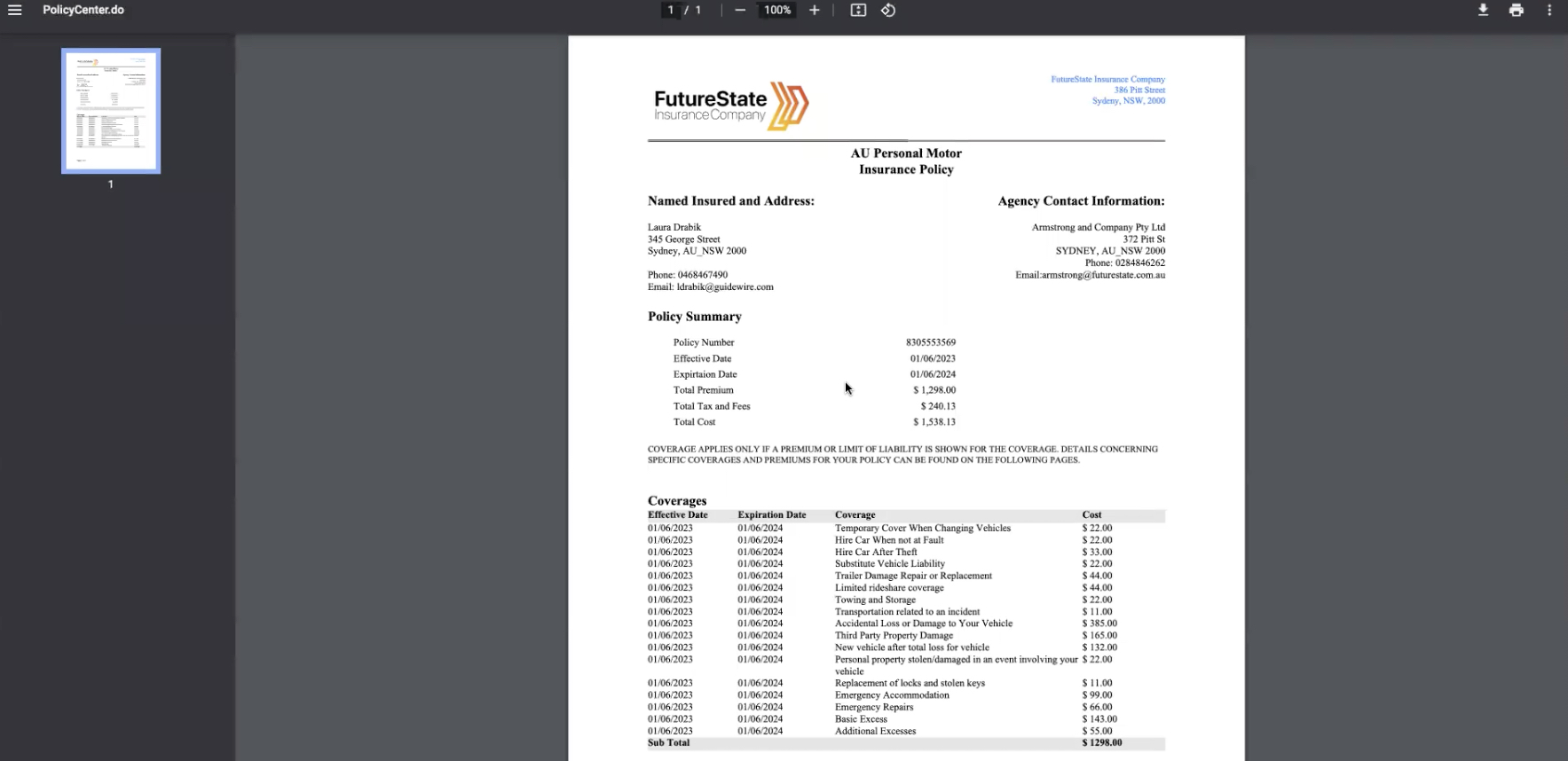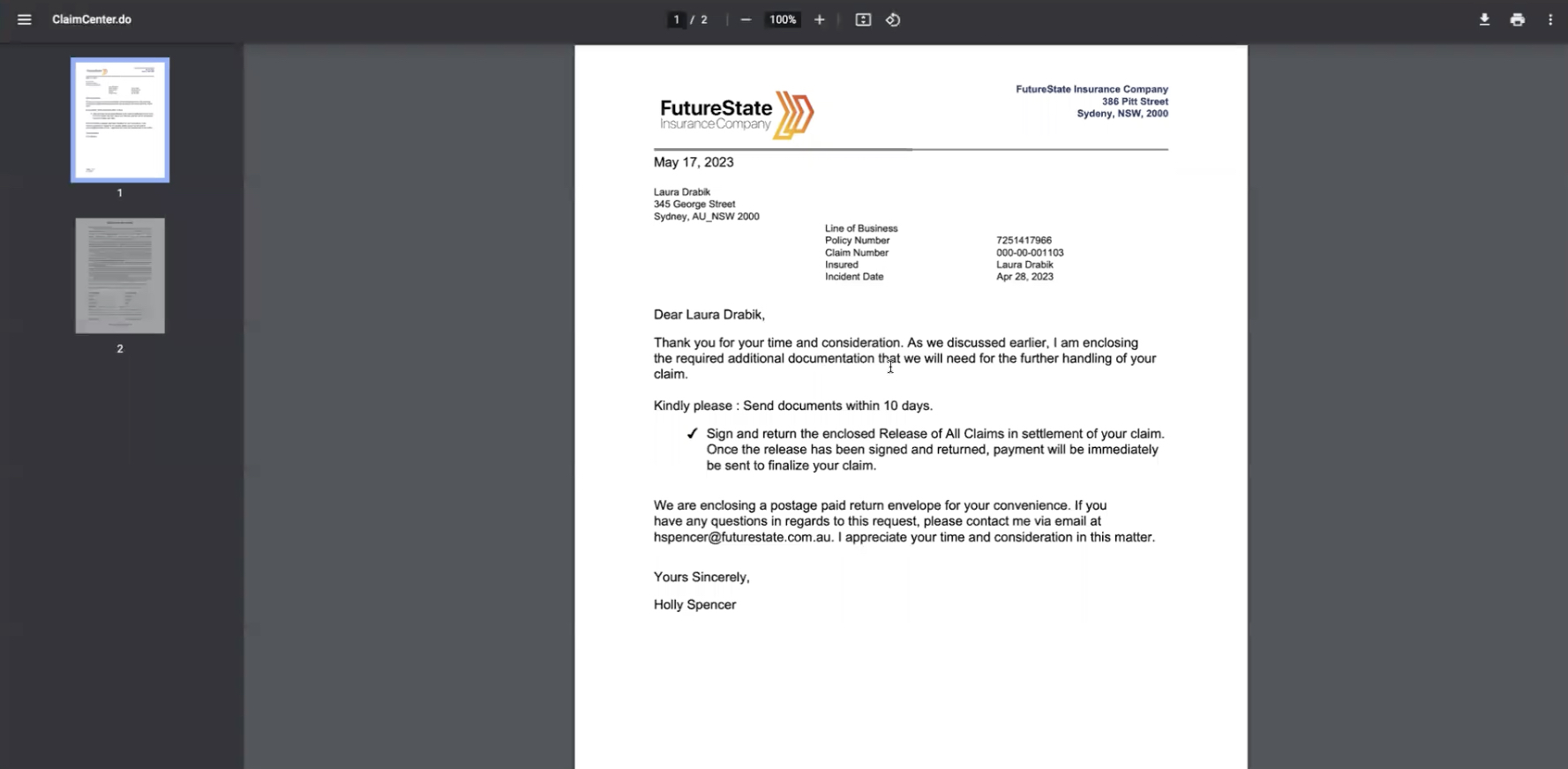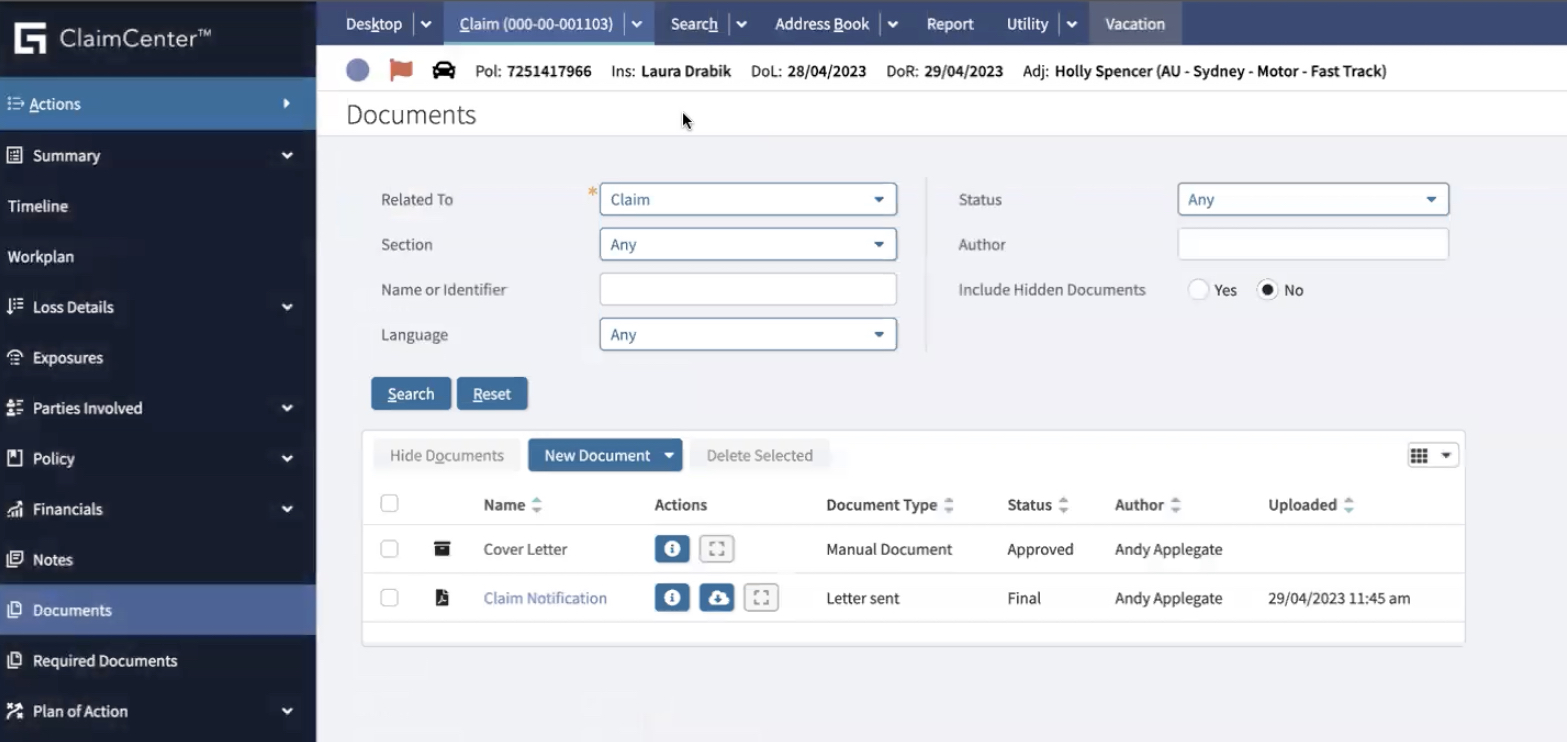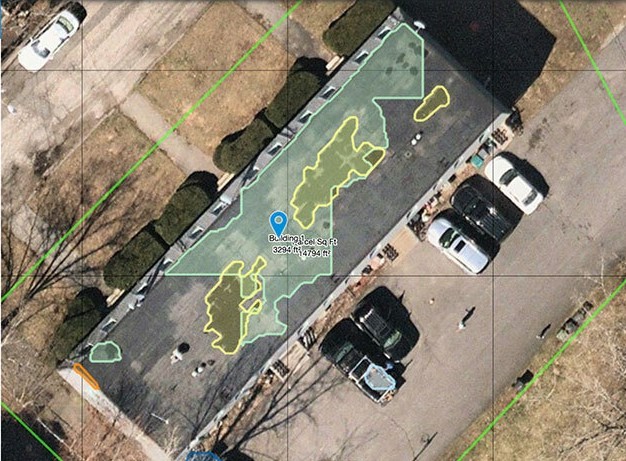Mounting competition and soaring customer expectations are turning the ability to deliver personalized messages, offers, and experiences at scale into more than just an unprecedented opportunity for P&C insurers. It could soon become a strategic imperative for any carrier seeking to cut customer acquisition costs, increase revenue growth, and gain significant share over rivals.
Just look at Amazon, Netflix, and Google. These and other digital-first brands long ago began analyzing vast amounts of data to deliver highly relevant offers based on each customer’s specific needs, behaviors, and personal preferences.
It may have started with a recommendation for a binge-worthy spy series, a new release from your favorite band, or those solar-powered garden lights for your newly landscaped yard. Fast-forward a few years and a seismic shift to digital channels later, and consumers have come to expect this same level of personalization from every company in every industry—including P&C insurance.
In fact, they demand it. According to McKinsey, more than 7 in 10 consumers now expect personalization as a standard feature when interacting with every company, and nearly 76% get frustrated when it’s not. The payoff from personalization can also be huge. Companies that excel in personalization can boost revenues by 10-15%—with best-in-class performers achieving increases of up to 25%.
While industries like e-commerce and entertainment may have led the charge, a rapidly expanding universe of cloud-connected data, analytical tools, and automation is making the notion of delivering personalized communications at scale possible—perhaps even vital—for P&C insurers. Here’s why.
Personalized Communications at Scale: A Differentiator That Pays Dividends
Putting the solutions in place to deliver personalized messages to customers—policy recommendations, tailored coverage options, and all the associated policy documentation—can seem daunting to many insurers. Especially when you consider this level of personalization spans call centers, emails, in-app offers, text messages, and more across human and digital channels at every point in the customer journey.
But according to McKinsey’s research, 76% of consumers see personalized communications as paramount when considering a brand, and 78% say personalized content makes them more likely to repurchase. In addition to helping attract net-new and repeat business, personalization offers many other benefits—including the following.
Reduced Marketing Costs
Personalization can help cut customer acquisition costs by 50% relative to the continued use of mass, one-size-fits-all communications or discrete campaigns using basic segmentation or personas. This matters at a time when just four of the top U.S. insurers spend a combined total of nearly $5 billion on marketing annually, according to S&P Global Market Intelligence.
Higher Share of Existing Revenue
Personalization can also help insurers protect and increase their share of existing industry revenues. In McKinsey’s view, for instance, U.S. auto insurers could reap an additional $5.5 billion if they leverage personalization to retain just 10% of the $55 billion in direct written premiums that switch from one carrier to another each year. In the EU, that could represent an additional $3.3 billion, assuming 10% retention of the $30 billion in gross direct premiums that switch carriers in the eurozone annually.
Better Cross-Selling
451 Research estimates that $5.6 billion in additional consumer spending can be influenced by cross-selling or other personalized recommendations based on key milestones or evolving customer needs. Indeed, personalization can aid in introducing additional or higher-margin coverages and value-added services aimed at risk mitigation—further boosting loyalty and customer lifetime value.
Mastering Personalization at Scale Across the Full Insurance Life Cycle
Carriers with a modern, cloud-based insurance platform have a built-in advantage in achieving this kind of personalization at scale. The Guidewire Cloud Platform, for example, dynamically orchestrates the cloud-connected analytics, document management, and intelligent automation that are essential to delivering personalized, omni-channel customer communications across policy, billing, and claims processes. Without it, you’re forced to toggle between disjointed systems—making true scalability impossible.
Building on the capabilities built into the platform, Guidewire partners with industry-leading conversation management platform provider Smart Communications (SmartComm) to enable tailored communications at unlimited scale.
When integrated to SmartComm, the Guidewire platform extends the logic, data, and rules insurers establish within InsuranceSuite so users can deliver personalized, compliant communications—automatically or on demand. Think quotes, policy declarations, renewals, statements, bills, claims correspondence, and more, delivered through the customer’s choice of email, text message, physical mail, and customer portal.
This is all facilitated within a single, cloud-expandable platform—eliminating the need to manage disparate systems and ensuring unlimited scalability as storage, channels, and other requirements grow. Let’s look at three examples that illustrate the power personalization at scale brings to the entire insurance life cycle.
The Policy Phase: Personalization Hits the Fast Lane
Let’s start with a car buyer purchasing a new vehicle through the manufacturer’s website. Guidewire’s Embedded Insurance Solution enables digital engagement with consumers so they can interact directly with PolicyCenter in fully automated quote-and-buy experiences for coverage offered with the purchase of third-party products or services.
Examples include extended warranties offered when buying electronic devices, travel insurance when booking a trip, or in this case, coverage bundled with the purchase of a car. Embedded insurance ecosystems are expected to account for up to 30% of all personal lines auto premiums by 2030.
Once our car buyer has reviewed the insurer’s quote, selected coverage, and provided payment details, Guidewire acts as an intelligent automation engine to dynamically issue the policy and generate the associated documentation directly within PolicyCenter—including a personalized Declaration page.

With PolicyCenter integrated to SmartComm, these documents are generated using templates, prefilled with the pertinent details, and stored within the Document section of the policy file. Meanwhile, a copy is sent to our new policyholder via their preferred channel. And it’s all done instantly and automatically—no human intervention required.
Personalized Billing: Automated or Self-Serve
Down the road, our new policyholder decides to make a change to their policy—switching their payment plan from monthly to annual, for example. Within BillingCenter, this and many other tasks associated with invoicing, premium collection, or refunds can be automated through digital self-service or completed manually by an agent.

In this case, the associated documentation is automatically generated and prefilled to reflect the change in our policyholder’s payment schedule and is autosaved within the billing file. The insured also receives the documents through their preferred mode of communication.
Whether through digital self-service or a live representative, this kind of convenient, personalized service can help insurers avoid unpaid coverage while boosting customer satisfaction and lifetime value.
Claims Management: On-Demand Documents With a Personal Touch
The ability to generate personalized communications is as important in claims as it is in policy and billing—only more so. A personal touch can turn an otherwise satisfying claims experience into a remarkable one.
Take an adjuster who needs to send a claim release to our new auto policyholder. ClaimCenter integrated to SmartComm empowers adjusters to create their own personalized communications on demand. In this instance, the adjuster selects a template for a letter that is dynamically prefilled with the appropriate claim details.

Adjusters can personalize the letter to include a comment based on the phone conversation they had with the insured or an answer to a question the policyholder emailed earlier in the day.
In the example shown here, the adjuster inserts a call to action to sign and return the enclosed release within 10 days so the policyholder has clear instructions for moving their claim forward. The adjuster can then review and append the release form and send it in accordance with the policyholder’s preferred choice of communication.

Meanwhile, a complete history of all communications related to the claim is saved and maintained within the Documents section of the claim file so it’s easily accessible at any time—without flipping between systems.
Moments Made Powerful (And More Profitable) Through Personalization
According to Accenture, organizations that implement the technologies needed to meet demand for personalized interactions and experiences can multiply their profitability year over year by a factor of 6 relative to industry peers.
With the right solutions in place, insurers can see a rapid return on their investment. Guidewire’s industry-leading insurance platform integrated to SmartComm, for instance, has already helped carriers quickly and cost-effectively launch personalized communications at scale in more than 100 deployments worldwide—which means the personalization imperative isn’t just coming to P&C insurance. It’s already here.



